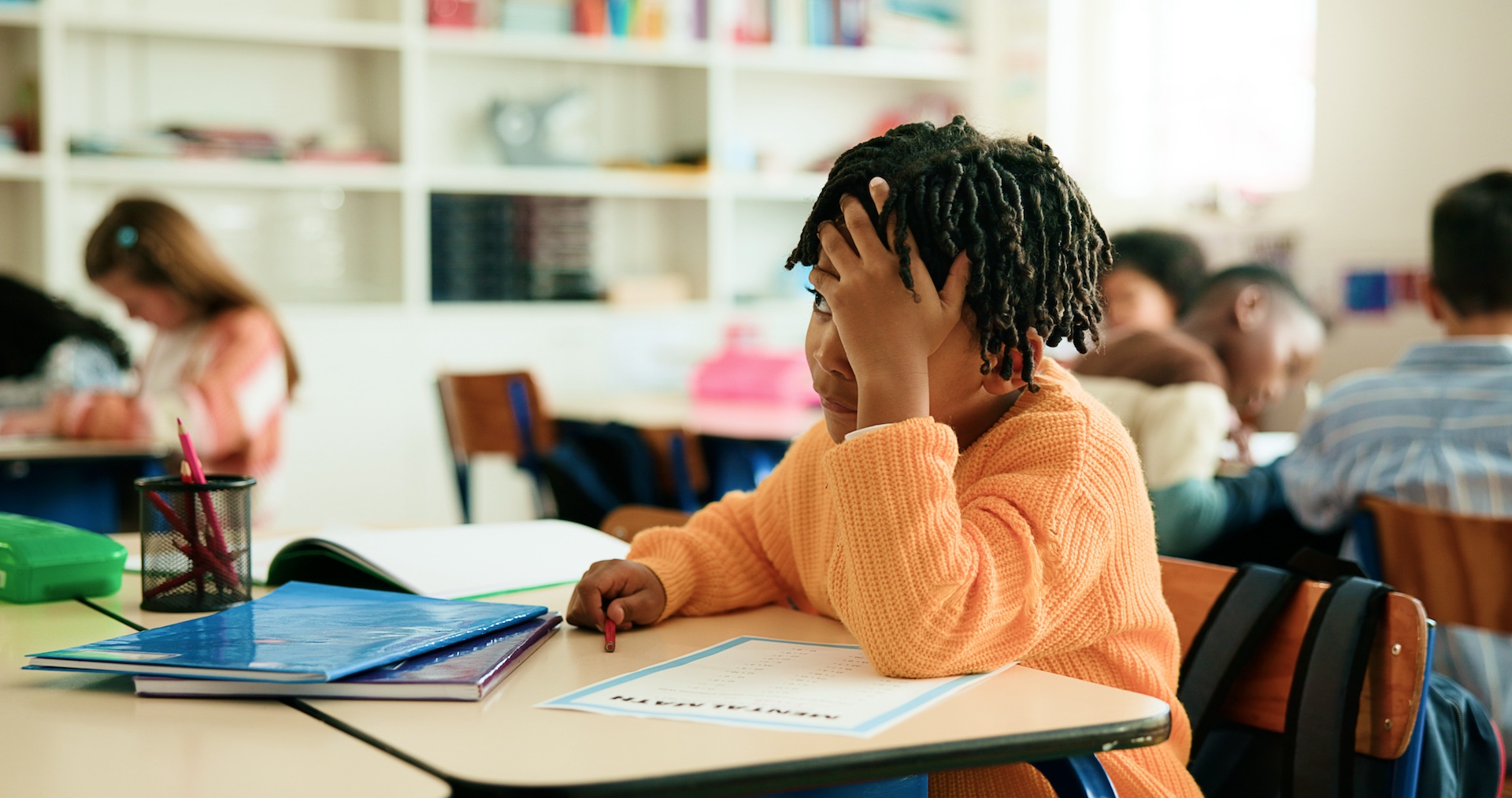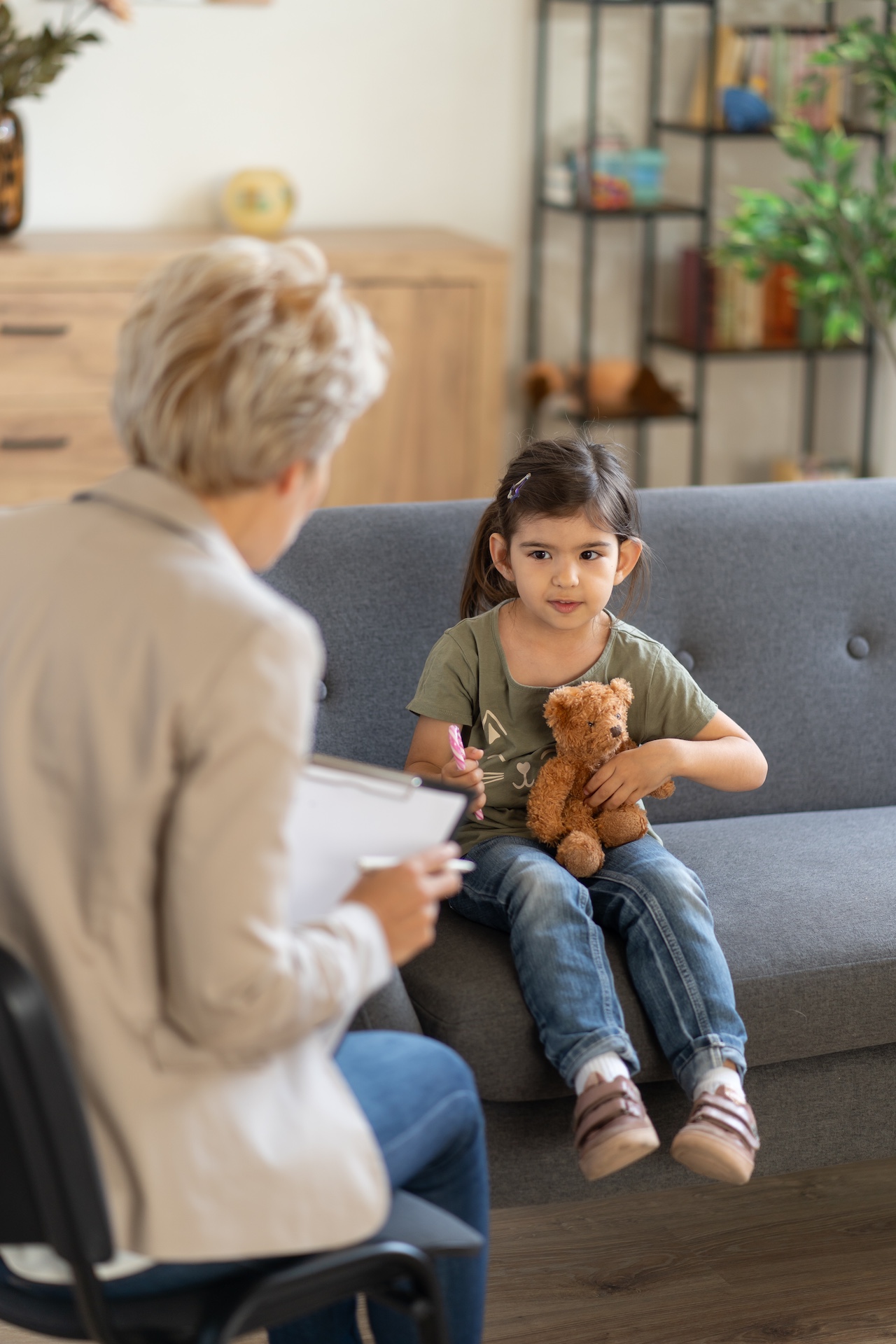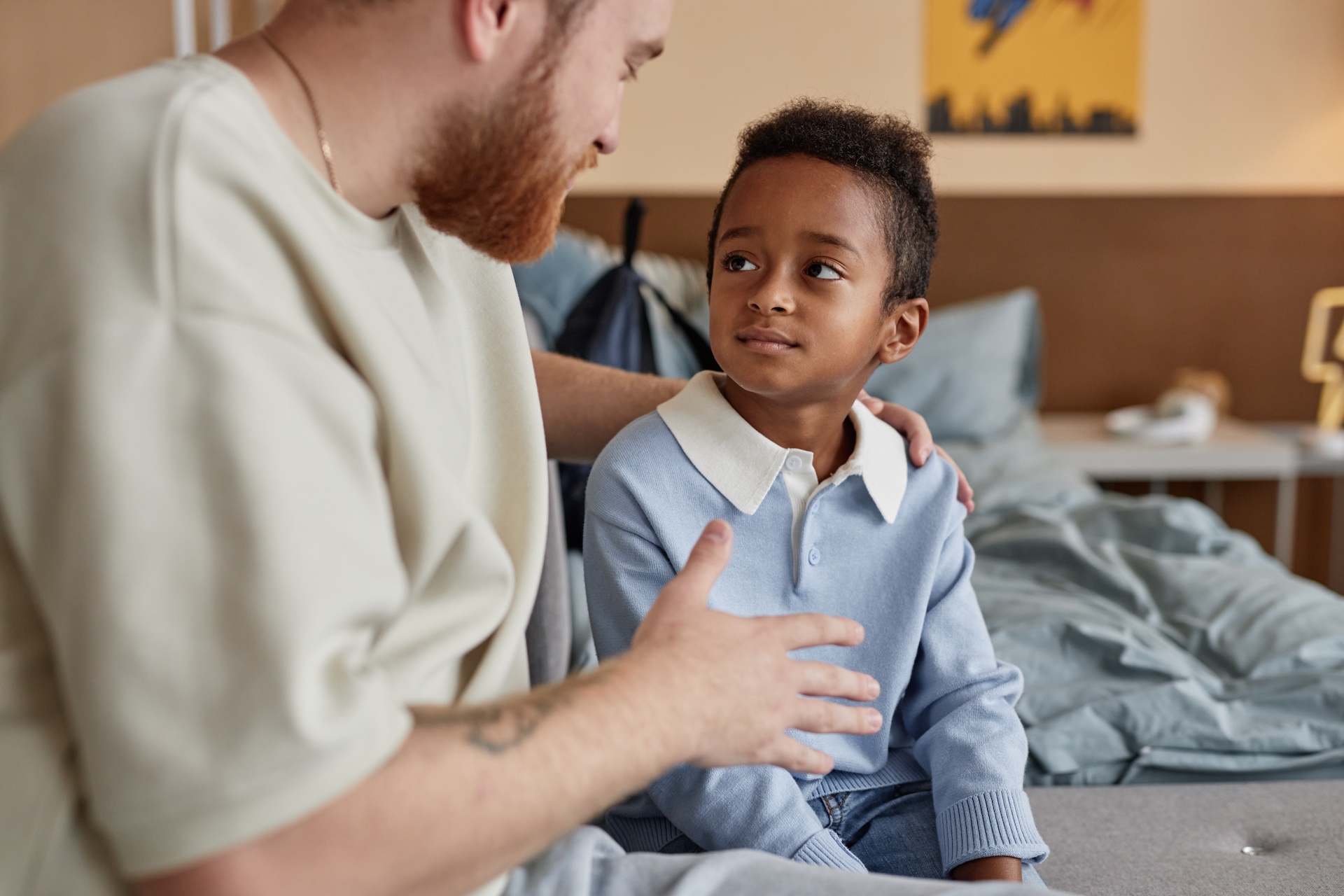Blogs
Wednesday, December 10, 2025
The frontal lobe in the human brain, and specifically the prefrontal cortex, is responsible for managing executive function. Research has shown that anything that damages the brain tissue of this area can impact an individual’s executive functioning skills, but damage to the prefrontal cortex is not the only cause of executive function challenges.
Friday, December 05, 2025
Conversations about Pathological Demand Avoidance (PDA) have come to the forefront of social media, especially for caregivers who have children that consistently are non-compliant with demands and may have been diagnosed with autism spectrum disorder (ASD), Oppositional Defiant Disorder (ODD), or Attention-Deficit Hyperactivity Disorder. While PDA has become a hot topic, it is not defined or recognized as a mental health diagnosis on its own. So, what is it?
Tuesday, November 18, 2025
Executive functioning skills include the methods that allow us to make plans, solve problems, and adapt to new situations. Core to these abilities are the skills of working memory, cognitive flexibility, and inhibition control. It is important to note that these skills are not fixed at a certain level, and they develop over time for all people. While we know that executive function abilities decline with aging, and individuals with neurodevelopmental disorders like ADHD have impaired executive function, there are ways to keep and improve these skills.
Friday, November 14, 2025
When you first begin care with a new provider for your child or teen, knowing how to effectively communicate your needs and concerns can set you up for success, regardless of level of care. There are many stages of intake and treatment at which you can approach providers with the intention of sharing your needs.
Wednesday, November 05, 2025
Finding the appropriate and most effective care for your loved one, especially a child or teen, can feel overwhelming and confusing. Looking online for child and adolescent therapists yields many results, and they can be for all kinds of providers and facilities who deliver treatments varying in approach, intensity, setting, and duration. In the mental health care world, there are different levels of care that are indicated by the needs of the individual. Understanding the range of services that make up the different levels of care can be crucial for identifying the effective treatment level for your child or teen.





